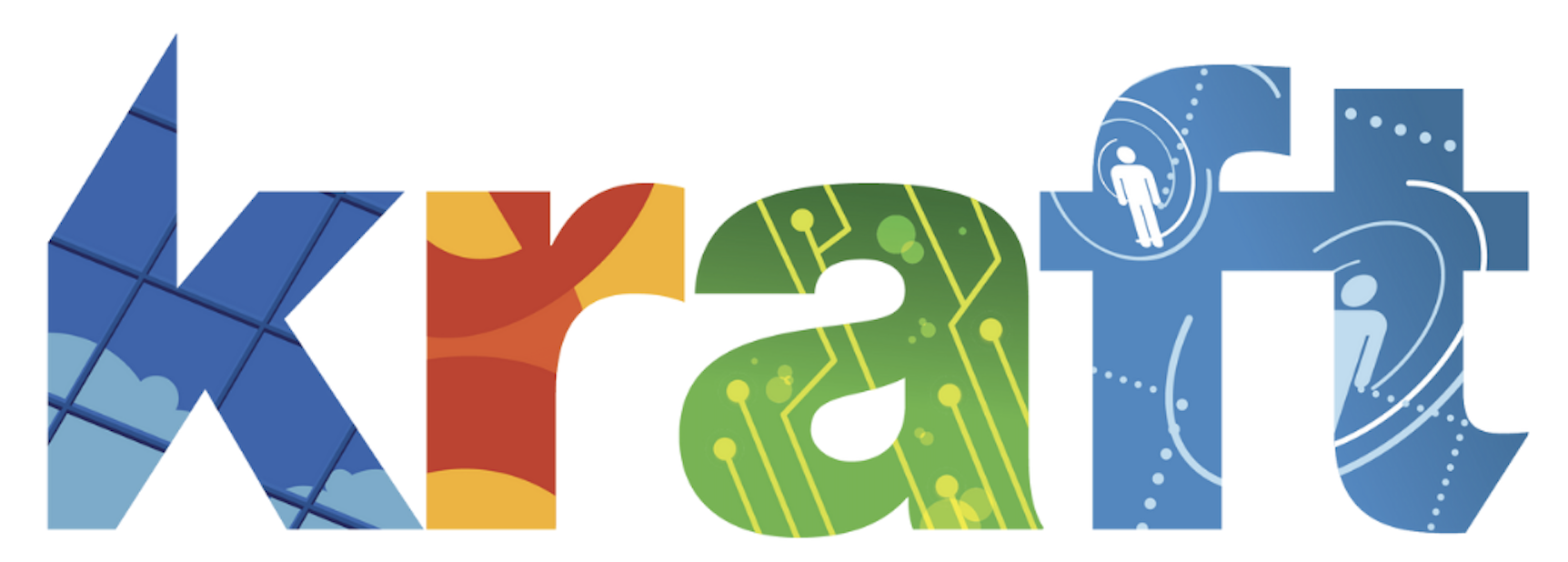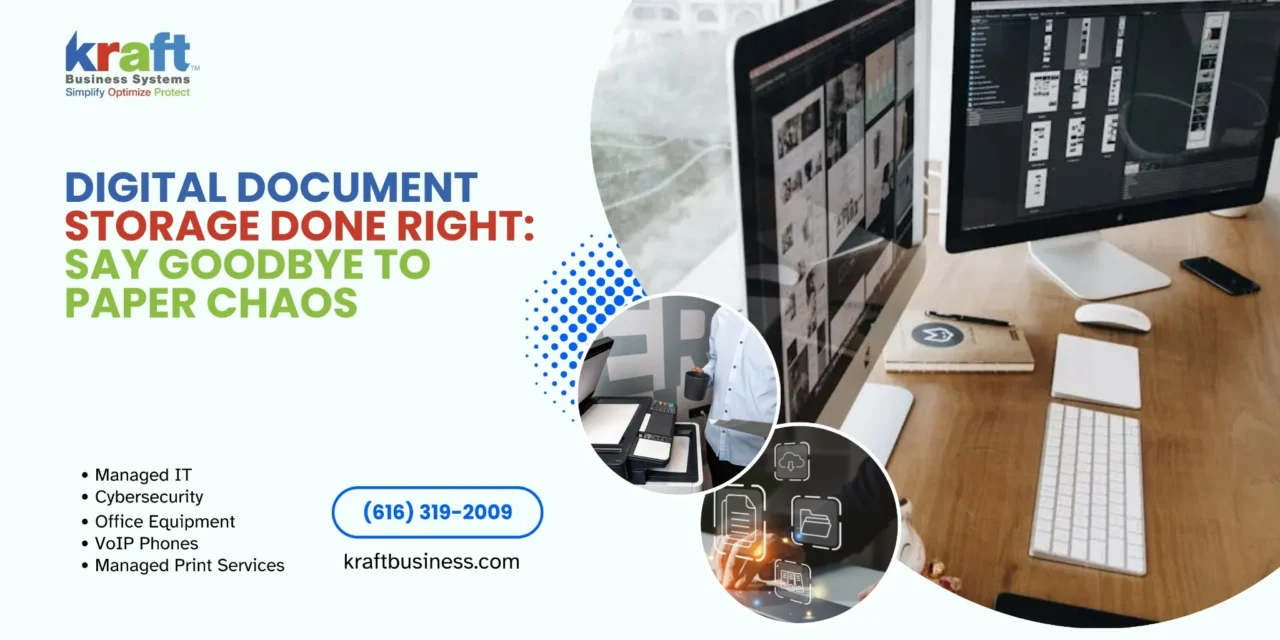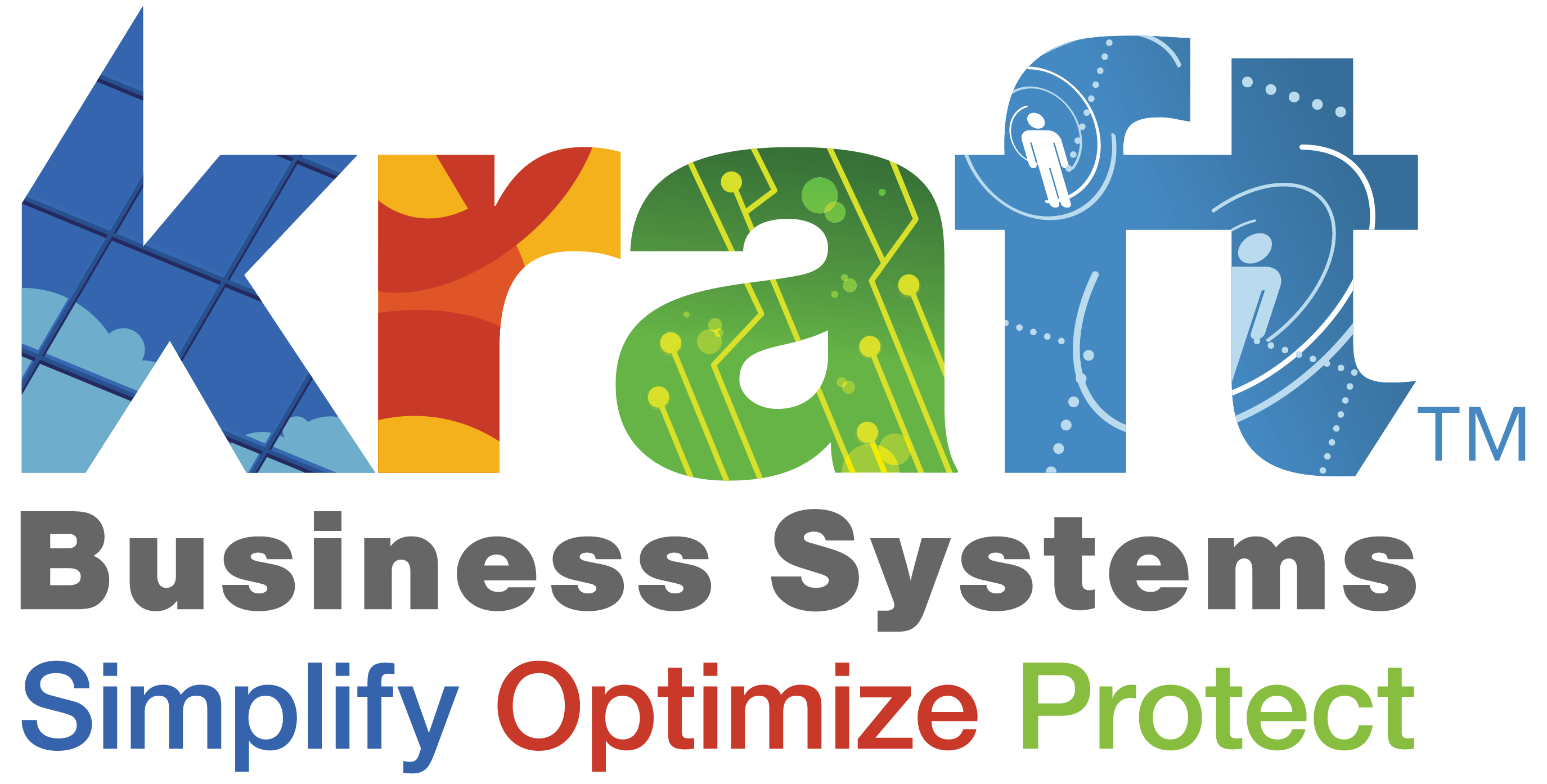Digital document storage is a technology that allows businesses to capture, organize, and secure electronic versions of paper documents in a centralized system, enabling quick retrieval, sharing, and workflow automation.
For those seeking a quick answer about digital document storage:
| What is Digital Document Storage? | Key Benefits |
|---|---|
| A system for converting paper documents into electronic files and storing them in an organized, searchable database | • Saves physical space • Enables instant document retrieval • Improves security with encryption and access controls • Facilitates remote work and collaboration • Supports disaster recovery and business continuity |
Every business generates thousands of documents annually. From contracts and invoices to HR records and compliance paperwork, these documents contain critical information that keeps your operation running. But managing them in filing cabinets or disorganized shared drives creates a productivity nightmare.
According to research, businesses with around 1,000 employees waste between $2.5 million and $3.5 million per year just searching for information in poorly organized document systems. That’s time and money draining away as employees hunt through paper files or steer chaotic folder structures.
The problem gets worse as you grow. Physical documents consume valuable office space, create security risks when mishandled, and make remote work nearly impossible. Even basic digital storage like shared drives or consumer cloud services often lack the organization, security, and workflow capabilities that businesses need.
As one business owner put it: “I think it’s brilliant. It makes life so much easier.” This sentiment captures why so many companies are transitioning to proper digital document management.
By implementing a robust digital document storage solution, you can transform how your team works. Documents become instantly accessible from anywhere, properly secured with encryption and access controls, and integrated into automated workflows that keep your business moving forward.

Why Digital Document Storage Matters for Modern Businesses
Digital Document Storage 101
Remember when finding a document meant digging through stacks of paper or wandering through mazes of filing cabinets? Those days are quickly becoming history. Let’s explore how digital document storage is changing the game for businesses of all sizes.
What Is Digital Document Storage?
Digital document storage isn’t just a fancy term for scanning papers—it’s a complete ecosystem that transforms how you manage information. Think of it as your business’s digital brain, where documents don’t just exist but become intelligent assets that work for you.
A proper digital document storage system serves as a centralized hub where your documents live their best life. They get captured (whether scanned from paper, imported from email, or created directly in the system), improved with searchable metadata, and organized in ways that make sense for your business.
“A successful firm thrives on efficiency, and document storage and easy retrieval should be at the top of the list. Managing documents manually is highly exhausting and frustrating,” notes one document management expert we work with at Kraft Business Systems.
The magic happens when your documents transform from static pages to dynamic resources. Each file gets enriched with metadata—essentially, information about the information—making everything instantly findable when you need it. No more “Where did I put that invoice from last March?” moments!
How Digital Document Storage Differs from Paper and On-Prem Files
Making the switch from traditional methods to modern digital document storage feels like upgrading from a bicycle to a sports car. Here’s why:
When you need to find something, the difference is night and day. With paper files, you might spend your afternoon rummaging through folders and cabinets. Even with basic digital files on a shared drive, you’re limited to simple filename searches. But with proper digital document storage, you get instant full-text search across everything—the system can find a document containing specific words even if you don’t remember the filename or location.
Office space becomes a premium asset again. Those bulky filing cabinets eating up 10-15 square feet each? Gone. The dedicated server room requiring constant cooling and maintenance? No longer needed with cloud solutions. Your valuable real estate can go back to serving people, not paper.
Remote work becomes truly seamless. Paper files are stuck at the office, and even basic on-premises systems often require clunky VPN connections. With digital document storage, your team gets secure access from anywhere—home office, client site, or coffee shop—on any device, without sacrificing security.
Speaking of security, the upgrade is substantial. Paper documents can be damaged by water, fire, or simply misplaced. Basic digital storage often has limited protection beyond passwords. Modern digital document storage provides bank-level encryption, granular access controls (so people only see what they should), and detailed audit logs tracking who viewed or modified each document.
The cost structure also changes in your favor. Paper systems require ongoing investments in supplies, printing costs, and physical space. On-premises digital systems demand expensive hardware, IT maintenance, and infrastructure costs. Cloud-based digital document storage typically follows a predictable subscription model that scales with your needs.
Real-world impact? Just ask the Florida Department of Health, who cut their license processing time from six weeks to just three days after implementing a comprehensive digital document system. That’s not just organizing files—it’s changing how business gets done.
The best part? This change isn’t just for large enterprises. Businesses of all sizes can now leverage the same powerful tools that were once available only to corporate giants. At Kraft Business Systems, we’ve helped companies across Grand Rapids and beyond make this shift with remarkable results in efficiency, security, and peace of mind.
Why Digital Document Storage Matters for Modern Businesses
Benefits, Challenges & Continuity

Key Benefits of Digital Document Storage
Walking into an office that’s freed itself from the tyranny of filing cabinets feels like a breath of fresh air. Businesses across Michigan—from busy Detroit to growing Grand Rapids, scenic Traverse City to academic Ann Arbor—are finding that digital document storage delivers benefits that transform their entire operation.
Space becomes yours again when you accept paperless solutions. Think about it: each filing cabinet eats up roughly 15 square feet of valuable office real estate. For a mid-sized company with 20 cabinets, that’s 300 square feet you could use for additional workstations, a comfortable meeting area, or that break room upgrade your team deserves. As one relieved business owner told us with a smile, “We save $500 per month by eliminating box storage.” That’s money back in your pocket every single month.
The cost savings extend far beyond rent. The average office worker burns through an astonishing 10,000 sheets of paper each year. Add in toner, printer maintenance, filing supplies, and shipping costs—it adds up quickly. When you switch to digital document storage, these expenses simply vanish from your budget.
Your business can also feel good about its environmental impact. Those two pounds of paper waste that each employee generates daily? Gone. By going digital, you’re not just making a smart business decision; you’re making a choice that future generations will thank you for.
Perhaps the most immediate benefit is reclaiming lost time. Industry research shows professionals waste nearly a third of their workday just hunting for information. With digital document storage, documents that once triggered a frantic 20-minute search can be found in seconds with a few keystrokes. Your team can focus on what matters—serving customers and growing your business.
Collaboration becomes effortless when documents live in a secure digital environment. Team members can review, comment, and work on files simultaneously, whether they’re sitting across the desk from each other in Grand Rapids or connecting remotely from opposite ends of Michigan. No more waiting for someone to finish with the physical file or sending endless email attachments.
When disaster strikes—whether it’s a burst pipe, fire, or other emergency—paper records are incredibly vulnerable. Digital documents, properly backed up, survive even when physical offices can’t. One client shared their relief after a close call: “I was able to log in while at the hospital and get all the information we needed.” That’s peace of mind you simply can’t put a price on.
Want to learn more about how document management improves workflow? Check out our guide on The Top Benefits of Document Management Workflow.
Potential Challenges and How to Address Them
While the benefits of digital document storage are compelling, we’ve helped enough Michigan businesses through this transition to know it’s not without problems. The good news? Every challenge has a solution.
Change can be uncomfortable for team members who’ve spent years with paper-based processes. We’ve found that a gradual approach works best—start with a department that’s excited about going digital, celebrate their wins, and let them become your internal champions. Their enthusiasm will spread naturally throughout your organization.
The initial setup time can feel daunting, especially if you’re looking at decades of accumulated files. Remember: you don’t have to digitize everything at once. Start with active files you access regularly, then work backward as time allows. For larger backlogs, professional scanning services can be a worthwhile investment that pays dividends in time saved.
Bandwidth concerns are valid, particularly for businesses in areas with less robust internet infrastructure. Smart synchronization features prioritize your most-used documents for quick access, minimizing strain on your connection. In some cases, a bandwidth upgrade becomes an easy decision once you calculate the productivity gains.
Regulatory requirements in healthcare, financial services, and other industries need special attention. The good news is that modern digital document storage systems often include built-in compliance features for HIPAA, GDPR, and other regulations. In fact, many of our clients find that digital systems make compliance easier, not harder, with automatic retention schedules and audit trails.
Business Continuity Benefits
If the pandemic taught businesses anything, it’s that adaptability isn’t optional—it’s essential. Organizations with robust digital document storage transitioned to remote work almost overnight, while paper-dependent operations struggled to function.
One client shared this eye-opening experience: “My taxes got really complicated in 2020 due to the pandemic… The Personal Archive was the perfect solution.” When the unexpected happens—whether it’s a global crisis or a simple snow day—having your critical business information accessible from anywhere means your operation doesn’t miss a beat.
This continuity capability alone makes digital document storage worth considering. Your business keeps running, your team stays productive, and your customers continue receiving the service they expect—regardless of what’s happening in the physical world.
At Kraft Business Systems, we’ve guided countless Michigan organizations through this change, helping them overcome challenges and open up the full potential of their information. The paper-free workplace isn’t just a nice-to-have anymore—it’s becoming essential for businesses that want to stay competitive, resilient, and ready for whatever comes next.
Integrated Document Management Solutions can take your business efficiency to the next level by connecting your document storage with other business systems.
Why Digital Document Storage Matters for Modern Businesses
Essential Features, Cloud Models & Security Framework

Choosing the right digital document storage solution can feel overwhelming, but it doesn’t have to be. Think of it like building a house—you need a solid foundation with essential features before adding the fancy upgrades. Let’s walk through what really matters.
Core Features Every System Should Have
Finding documents quickly transforms how your team works. Imagine clicking a button and instantly locating that contract from three years ago instead of digging through filing cabinets! A good digital document storage system gives you full-text search that finds words anywhere in your documents, not just in filenames. You’ll also want metadata filtering to narrow results by date, author, or document type.
“The first time I found a critical document in seconds instead of hours, I knew we’d made the right choice,” shared one of our Grand Rapids clients.
Version control prevents those “which draft is current?” headaches we’ve all experienced. Your system should automatically track changes, let you compare versions, and even roll back to earlier versions if someone makes a mistake. This feature alone can save countless hours of confusion and rework.
Security starts with knowing who can see what. Role-based permissions let you control exactly who can view, edit, or share each document. Maybe your accounting team needs access to financial records while your sales team doesn’t—good systems make this simple to manage. For extra protection, look for temporary access provisions that expire automatically for outside collaborators.
For both security and peace of mind, comprehensive audit trails track who accessed what and when. This isn’t just about catching problems—it’s essential for regulatory compliance in many industries. When a Michigan healthcare client faced an audit, they simply exported their activity logs and satisfied regulators in minutes instead of days.
Documents, like products, have lifecycles. Smart retention policies can automatically archive or delete documents based on your rules, keeping your system clean while ensuring compliance with industry regulations. This “set it and forget it” approach prevents both accidental deletions and unnecessary storage bloat.
Cloud Models for Digital Document Storage
Cloud technology has revolutionized how businesses store documents, offering flexibility previously unimaginable. Most digital document storage solutions fall into one of three models:
The most popular option, Software as a Service (SaaS), works like Netflix for your documents. You pay a monthly subscription, and the provider handles everything behind the scenes—servers, updates, security patches. You simply log in from anywhere and get to work. This approach frees your IT team from maintenance headaches while giving your team access from home, the office, or on the road.
For organizations with specialized needs, private cloud options provide dedicated environments with greater customization. Think of it as having your own apartment building instead of renting a unit. It costs more but offers additional control and may be necessary for certain compliance scenarios.
Many Michigan businesses choose the middle ground—hybrid cloud solutions that keep sensitive documents on local servers while using the cloud for everything else. This balances security concerns with modern accessibility needs. As one Traverse City legal firm told us, “We keep client confidential documents on-premises but use the cloud for everything else, giving us the best of both worlds.”
Industry research consistently shows that cloud-based solutions deliver better security and ROI than traditional on-premises systems for most organizations. The days of needing a server room to have enterprise-grade document management are behind us.
Security Framework
When discussing digital document storage with Michigan businesses, security concerns always top the list. A robust security framework isn’t optional—it’s essential.
Encryption works like a secret code protecting your documents. Good systems encrypt data “in transit” (while moving between devices) and “at rest” (while stored on servers). This means even if someone somehow accessed your files, they’d see only scrambled information without the decryption keys.
Modern authentication goes beyond passwords. Multi-factor authentication (MFA) adds a second verification step—typically a code sent to your phone or generated by an app. This simple extra step blocks over 99% of automated attacks. Many systems also support single sign-on (SSO) integration, letting your team use their existing company credentials.
Behind the scenes, reputable providers maintain strict infrastructure security with regular audits, compliance certifications like SOC 2, and physical security at their data centers. They also implement redundant systems so your documents remain safe even if hardware fails.
Different industries face different regulations. Healthcare organizations need HIPAA compliance features, while businesses handling European customer data require GDPR capabilities. Financial and legal firms have their own requirements. The right system will include compliance tools specific to your industry’s needs.

A cybersecurity expert recently noted, “Cloud storage is safe, and it’s a good idea to back up your files and photos to the cloud. That said, not all clouds are equal. Some are safer, more secure, and more private than others.”
At Kraft Business Systems, we’ve helped countless Michigan organizations—from small Traverse City retailers to large Detroit manufacturers—implement secure digital document storage solutions custom to their specific needs. We believe security shouldn’t be complicated, just comprehensive.
Want to learn more about creating a complete system? Check out our guide to Integrated Document Management Solutions for a deeper dive into how these pieces work together.
Why Digital Document Storage Matters for Modern Businesses
Workflow Efficiency & Collaboration Wins

When businesses move beyond simple file storage to accept true digital document storage, something magical happens. Documents transform from static files into dynamic tools that power your team’s productivity and collaboration. This is where the real return on investment becomes crystal clear.
Workflow Automation: Turning Documents into Action
Remember the days of paper sitting in physical inboxes, waiting for someone to take action? Those days are gone with modern digital document storage systems.
Take invoice processing, for example. One of our Michigan clients used to spend two weeks pushing paper invoices through their approval chain. After implementing automated workflows with their digital document storage system, they cut that time down to just two days. The system automatically routes documents to the right people, sends notifications when action is needed, and highlights bottlenecks before they become problems.
“Our Iron Mountain bill kept going up,” shared another client who switched to digital workflows. “We are now nearly paperless, thanks to digital document automation.”
Electronic forms have become game-changers for many businesses we work with. Instead of printing forms, filling them by hand, and manually entering that data into systems, electronic forms capture information directly. The data validation happens instantly, reducing errors and automatically triggering the next steps in your process.
The real power comes when your digital document storage connects with other business systems. Imagine contracts automatically generating from templates when a deal closes in your CRM, or invoice data flowing directly into your accounting software without manual entry. These integrations eliminate repetitive tasks and let your team focus on what matters.
Collaboration Features That Drive Productivity
The way teams work together has fundamentally changed with digital document storage, especially for businesses with multiple locations or remote workers.
Real-time co-authoring means multiple team members can work on the same document simultaneously. You can actually see changes appear as colleagues make them, eliminating the confusion of email attachments with filenames like “ContractFinalFINALv2Actually_Final.docx.”
A legal firm in Grand Rapids told us their document review cycles once took weeks to complete. With the parallel review capabilities in their digital document storage system, they now finish in days. Multiple reviewers provide feedback simultaneously, and the system neatly consolidates all comments for easy resolution.
The ability to annotate and mark up documents without altering the original has proven invaluable for many Michigan businesses. Team members can highlight specific sections, add sticky-note style comments, and assign tasks related to document content—all while maintaining the integrity of the original document.
“I was able to log in while at the hospital and get all the information we needed,” shared one user who experienced the freedom of mobile access. Modern systems make your documents available on smartphones and tablets, with notifications that alert you when documents need attention. Approvals can happen from anywhere, keeping your processes moving even when you’re away from your desk.
Collaboration doesn’t stop at your company’s borders. Secure external collaboration tools let you share precisely what vendors, clients, and partners need to see—and nothing more. You control exactly what they can do with those documents while maintaining a complete audit trail of all activity.
A marketing team in Ann Arbor described their change: “Before our digital document system, campaign approvals required printing drafts, physically routing them to stakeholders, and manually tracking changes. Now, everyone reviews simultaneously online, changes are automatically tracked, and approvals happen in hours instead of days.”
These workflow and collaboration improvements directly translate to competitive advantage through faster response times and more efficient operations. Whether you’re in manufacturing, healthcare, legal services, or any other industry across Michigan, digital document storage does more than organize your files—it transforms how your entire team works together.
Want to learn more about optimizing your document workflows? Check out our guide on Document Workflow Optimization: Strategies to Streamline Operations.
Why Digital Document Storage Matters for Modern Businesses
Implementation Roadmap, Costs, Provider Selection & FAQs
Implementing digital document storage requires thoughtful planning. Here’s a roadmap to guide Michigan businesses through the process:
Implementation Best Practices
1. Establish Clear Goals
Before selecting technology, define what success looks like:
- Which paper-based processes cause the most pain?
- What specific metrics will you use to measure improvement?
- What compliance requirements must be addressed?
- How will digital documents integrate with existing systems?
2. Document Inventory and Prioritization
Not all documents need immediate digitization:
- Identify active documents that need immediate access
- Determine which historical documents have ongoing value
- Create a phased approach for backfile conversion
- Establish “day-forward” scanning processes for new documents
3. Change Management Strategy
User adoption makes or breaks implementation:
- Identify “change champions” in each department
- Develop training materials custom to different user roles
- Create quick-reference guides for common tasks
- Establish a feedback mechanism to address concerns
4. Technical Implementation Plan
Work with your provider to develop a detailed rollout plan:
- System configuration and customization
- Integration with existing business applications
- User setup and permission structures
- Testing protocols before go-live
5. Rollout Milestones
A phased approach typically works best:
- Pilot with a single department or process
- Evaluate and adjust based on pilot results
- Department-by-department rollout
- Ongoing optimization based on usage patterns
Cost Analysis & ROI
The investment in digital document storage varies based on organization size and needs, but typically includes:
Initial Costs:
- Software licensing or subscription setup
- Implementation services
- Data migration
- Initial training
Ongoing Costs:
- Subscription fees (for cloud-based solutions)
- Additional storage as needs grow
- Ongoing support and training
ROI Factors to Consider:
- Reduced physical storage costs (filing cabinets, offsite storage)
- Reclaimed office space value
- Time saved searching for documents
- Improved process efficiency through automation
- Reduced printing and paper costs
- Disaster recovery protection value
Many Michigan businesses we work with at Kraft Business achieve ROI within 12-18 months, with some seeing payback in as little as 6 months for targeted implementations.
As one business owner reported: “We save $500 per month by eliminating box storage.” When combined with productivity improvements, the business case becomes compelling.
Provider Selection Checklist
When evaluating digital document storage providers, consider these key factors:
1. Security and Compliance
- What security certifications does the provider maintain?
- How is data encrypted in transit and at rest?
- What compliance standards are supported (HIPAA, GDPR, etc.)?
- Where is data physically stored and backed up?
2. Integration Capabilities
- Does the system integrate with your existing business applications?
- What APIs are available for custom integrations?
- Can the system import from and export to common file formats?
- How does the system handle email integration?
3. Scalability
- How does the system handle growing document volumes?
- Are there storage limitations or cost thresholds to be aware of?
- Can features be added modularly as needs evolve?
- How are system updates and upgrades handled?
4. Support and Training
- What implementation support is provided?
- What ongoing technical support options are available?
- What training resources are provided for users and administrators?
- Is there a user community or knowledge base?
5. Company Stability and Reputation
- How long has the provider been in business?
- What is their client retention rate?
- Can they provide references from similar organizations?
- What is their product development roadmap?
At Kraft Business Systems, we help organizations throughout Michigan evaluate providers based on these criteria, ensuring the selected solution aligns with specific business needs and goals.
FAQ #1: Is Digital Document Storage Secure?
Yes, modern digital document storage is highly secure when properly implemented. Security features typically include:
- Encryption of data both in transit and at rest
- Multi-factor authentication to prevent unauthorized access
- Granular permission controls at the document, folder, and user levels
- Comprehensive audit trails tracking all system activity
- Regular security updates and vulnerability testing
Cloud providers often maintain security certifications that would be cost-prohibitive for individual businesses to achieve on their own. As one security expert noted: “Enterprise-level document management systems are far superior to consumer-grade tools like Dropbox or Google Drive for security and workflow.”
FAQ #2: How Much Storage Do I Need?
Storage needs vary widely based on:
- Document types (text files vs. high-resolution images)
- Industry-specific requirements
- Retention policies
- Growth projections
As a general guideline:
- Small businesses (< 50 employees): 50-500 GB
- Medium businesses (50-250 employees): 500 GB – 5 TB
- Large businesses (250+ employees): 5+ TB
Most cloud-based digital document storage solutions offer scalable plans that grow with your needs. We recommend conducting a document audit to estimate initial requirements, then choosing a solution that allows easy expansion.
FAQ #3: Difference Between a DMS and Simple Cloud Storage
This is a crucial distinction that many businesses miss:
Simple Cloud Storage (e.g., basic file sharing):
- Provides basic file storage and sharing
- Limited search capabilities (typically filename only)
- Basic version tracking
- Limited workflow capabilities
- Minimal compliance features
Document Management System (DMS):
- Comprehensive metadata and full-text indexing
- Advanced search across all document content
- Robust version control with comparison features
- Workflow automation and process integration
- Compliance features for retention, legal hold, etc.
- Integration with business applications
- Audit trails and security reporting
For most businesses, the additional capabilities of a true DMS deliver significantly more value than simple cloud storage, particularly for regulated industries or those with complex document processes.
Why Digital Document Storage Matters for Modern Businesses
Conclusion
Imagine walking into your office and seeing clean desks instead of towering stacks of papers. Picture your team collaborating seamlessly on documents from different locations without a single sheet of paper changing hands. This isn’t just a pleasant daydream—it’s the reality that digital document storage creates for businesses every day.
The change from drowning in paperwork to thriving with organized digital files changes everything about how your business operates. Companies across Michigan have finded that proper digital document storage delivers benefits that touch every aspect of their operations.
Your physical space transforms when filing cabinets disappear. One business owner told us, “We reclaimed an entire room that was just for document storage—now it’s our most popular meeting space.” The savings extend beyond just square footage to include reduced printing costs, eliminated off-site storage fees, and less money spent on paper supplies.
But the real magic happens in how your team works. Documents that once took frustrating minutes (or sometimes hours) to locate are now available in seconds. Your staff stops wasting time on low-value paper shuffling and focuses on serving customers and growing your business. As one client put it: “A truly wonderful way to store, find and deliver information.”
The security improvements are equally impressive. Rather than vulnerable paper files that could be damaged, lost, or accessed by anyone walking by, your critical business information gains enterprise-grade protection with encryption, access controls, and detailed audit trails.
The Florida Department of Health’s dramatic improvement—cutting license processing time from six weeks to just three days—shows what’s possible when paper processes go digital. Similar changes are happening in businesses across Grand Rapids, Detroit, Traverse City, and throughout Michigan as organizations accept proper digital document storage.
At Kraft Business Systems, we’ve guided countless Michigan businesses through this transition. We understand that your document needs are unique to your industry, size, and workflow requirements. Our team of consultants works with you to design a digital document storage solution that fits your specific situation—not a one-size-fits-all approach.
The paperless office isn’t just an environmental ideal anymore; it’s a practical business strategy that delivers measurable ROI. The question isn’t whether to implement digital document storage, but rather how to do it in a way that maximizes the benefits for your specific business needs.
Ready to transform how your business handles information? Contact Kraft Business Systems today to begin your journey toward a more organized, efficient, and secure document management approach. Your filing cabinets won’t miss you, and your team will thank you.






